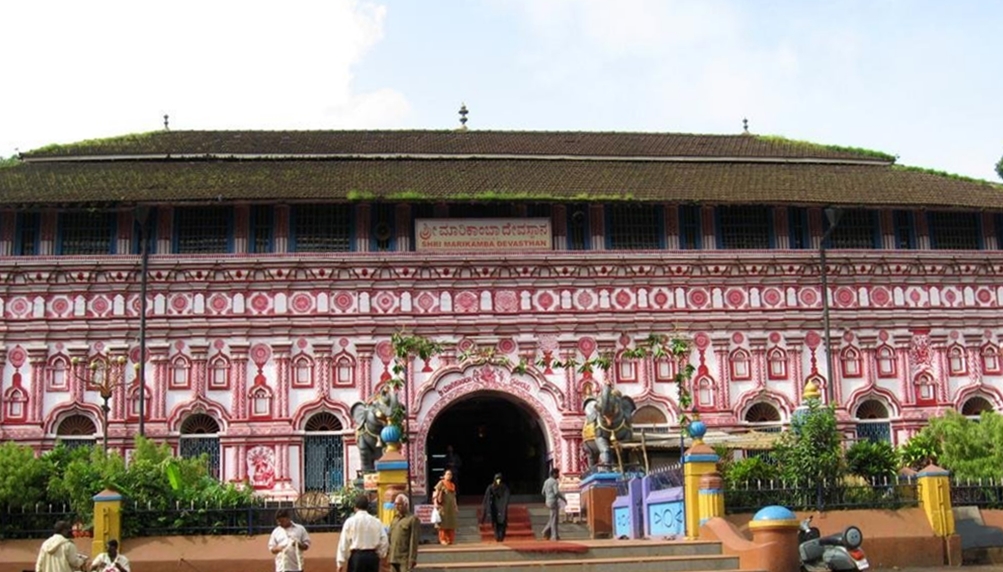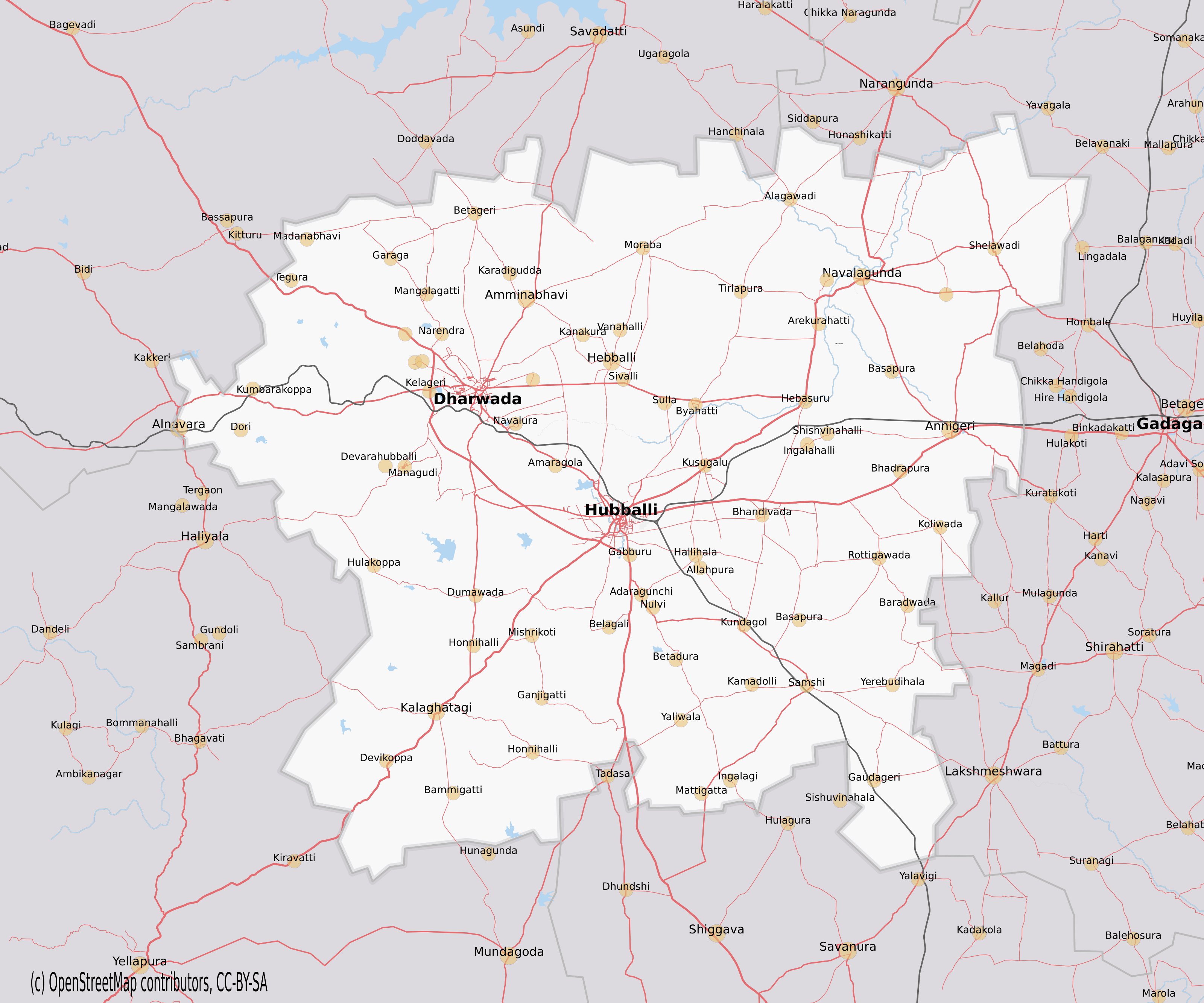|
Kadambas Of Halasi
The Kadambas of Halasi was a South Indian dynasty during the Late Classical period on the Indian subcontinent, which originated in the region of Halasi, Karnataka; who were known for their own style of temple building. The Kadamba dynasty was founded by Mayurasharma in about 4th century AD. It was believed that Mayura was the first king of the dynasty and was the ruler during the time of Pallava King Vishnugopa of Kanchipuram. After losing to North Indian Emperor Samudragupta, Vishnugopa’s army had weakened. Mayura seized the opportunity, formed his own army and drove away the Pallavas from Kannada territory. On reaching ''Chandravalli'' (near Chitradurga), Mayura took shelter in a cave and founded his own dynasty. Banavasi, near Sirsi, was their first capital and their rule extended to Gomantak or present day Goa. Halasi (Halsi or Halshi) is one of the ancient towns in Belgaum district. It was Second capital of early Kadambas and a minor capital (during 980 AD - 1250 ... [...More Info...] [...Related Items...] OR: [Wikipedia] [Google] [Baidu] |
Halasi 10
Halasi (Kannada: ಹಲಸಿ, also Halsi or Halshi, in earlier times also called Halasige or Palasige) is a town in Khanapur Taluk, Belgaum District in Karnataka, India. It is 14 km from Khanapur and about 25 km from Kittur. As known from inscriptions, the ancient name of the town was Palāśikā. A centre of the early Kadamba Dynasty (c. 500), it was a minor capital of the Goa Kadambas (980-1025). The town is notable for a series of medieval temples. The most famous are the Varāha Narasiṃha temple and Suvarṇeśvara temple in the town, and a third temple of Rāmeśvara. On a hill about 1.9 km. south-west of the town is a pilgrimage place known as Rāmatītha. Palāśikā Of the ancient settlement of Palāśikā no architectural remains have been found, but A. Sundara has noted traces of brick structures near the Kalleśvara temple (also known as Kalameshwar) on the west side of the town. The main evidence of early Palāśikā is a series of copper plates dis ... [...More Info...] [...Related Items...] OR: [Wikipedia] [Google] [Baidu] |
Sirsi, Karnataka
Sirsi is a city in Uttara Kannada district of Karnataka state in India. It was also known as Kalyana Pattana during the Sonda Dynasty. It is a tourist destination with evergreen forest and waterfalls and is also a commercial centre. The main businesses around the city are mostly subsistence and agriculture-based. Areca nut or betel nut, locally known as ''Adike'' (also known as ''supari''), is the primary crop grown in the nearby villages, making it one of the major trading centres for areca nut. The region is also known for spices such as cardamom, pepper, betel leaves, and vanilla. The major food crop is paddy. Geography Sirsi is located at (Grid Square MK74). It has an elevation ranging between 1860 feet to 2600 feet above sea level, and is situated in the heart of the Western Ghats. Sirsi is about from Bangalore. The nearest airport is located in Hubballi, about and Belagavi Airport, about from Sirsi. River Aghanashini begins at a place near Sirsi called "shanka ... [...More Info...] [...Related Items...] OR: [Wikipedia] [Google] [Baidu] |
Kakusthavarma
Kakusthavarma () or Kakusthavarman was a ruler of the Kadamba dynasty in South India. He succeeded his brother Raghu as king. Under Kakusthavarma's rule the Kadamba kingdom attained the height of its power and influence, and the Kadambas enjoyed close diplomatic relations with the great royal houses of India. The Talagunda and Halmidi inscriptions praise Kakusthavarma as a formidable Kadamba warrior. Early life Kakusthavarma was born to King Bhageerath, the third ruler of the Kadamba dynasty. Upon his father's death, Kakusthavarma's elder brother Raghu assumed the throne of the Kadamba kingdom, with Kakusthavarma as ''Yuvaraja'' or Crown Prince. Kakusthavarma held court as the heir apparent, perhaps at Palashika (present-day Halasi) from where he is known to have issued land grants. In due course, he succeeded his brother on the Kadamba throne. Reign Kakusthavarma's reign is notable for the marriage alliances that he contracted with other powerful dynasties. Most importantl ... [...More Info...] [...Related Items...] OR: [Wikipedia] [Google] [Baidu] |
Architecture Of Karnataka
The antiquity of architecture of Karnataka () can be traced to its southern Neolithic and early Iron Age, Having witnessed the architectural ideological and utilitarian transformation from shelter- ritual- religion. Here the nomenclature 'Architecture' is as old as c.2000 B.C.E. The upper or late Neolithic people in order to make their shelters, they constructed huts made of wattle and doab, that were buttressed by stone boulders, presumably having conical roof resting on the bamboo or wooden posts into red murram or paved granite chips as revealed in archaeological excavations in sites like Brhamagiri (Chitradurga district), Sanganakallu, Tekkalakota (Bellary district), Piklihal (Raichur district). Megaliths are the dominant archaeological evidence of the early Iron Age (c. 1500 B.C.E- 100 C.E unsettled date). There are more than 2000 early Iron Age burial sites on record, who laid the foundation for a high non-perishable architecture in the form of various distinct architectural ... [...More Info...] [...Related Items...] OR: [Wikipedia] [Google] [Baidu] |
Haveri District
Haveri is a district in the state of Karnataka, India. As of 2011, it had a population of 1,597,668, out of which 20.78% were urban residents. The district headquarters is Haveri. Name of the place Haveri is derived from two Kannada words "Havu" which means snake and "keri" which means lake together "Havukeri". History Core area of Western Chalukya monuments includes the places Badami, Sudi, Annigeri, Mahadeva Temple (Itagi), Gadag, Lakkundi, Lakshmeshwar, Dambal, Haveri, Bankapura, Rattahalli, Kuruvatti, Bagali, Balligavi, Chaudayyadanapura, Galaganatha, Hangal. It was possible because Soapstone is found in abundance in these areas. Haveri also comes under Core area of Western Chalukya architectural activity. History of Haveri district dates to pre-historic period. About 1300 stone writings of different rulers like Chalukyas, Rastrakutas are found in the district. Bankapura Challaketaru, Guttavula Guttaru, Kadambas of Hangal and Nurumbad are some of the well known Sa ... [...More Info...] [...Related Items...] OR: [Wikipedia] [Google] [Baidu] |
Dharwad District
Dharwad is an administrative district of the state of Karnataka in southern India.The administrative headquarters of the district is the city of Dharwad, also known as Dharwar. Dharwad is located 425 km northwest of Bangalore and 421 km southeast of Pune, on the main highway between Chennai and Pune, the National Highway 4 (NH4). Before 1997 the district had an area of 13738 km2. In 1997, the new districts of Gadag and Haveri were carved out of Dharwad's former territory, and a portion of Dharwad district was combined with lands formerly part of three other districts to create the new district of Davanagere. History Historical studies show that people from early Paleolithic age inhabited Dharwad district. The district was ruled by various dynasties from the 5th century onwards, Important among them are Badami and Kalyan Chalukyas, Rastrakutas, Vijayanagar, Adilshahi, Mysore kingdom and Peshawas of Pune. Due to the rule of Peshwas, influence of Marathi is s ... [...More Info...] [...Related Items...] OR: [Wikipedia] [Google] [Baidu] |
Shaivism
Shaivism (; sa, शैवसम्प्रदायः, Śaivasampradāyaḥ) is one of the major Hindu traditions, which worships Shiva as the Supreme Being. One of the largest Hindu denominations, it incorporates many sub-traditions ranging from devotional dualistic theism such as Shaiva Siddhanta to yoga-orientated monistic non-theism such as Kashmiri Shaivism.Ganesh Tagare (2002), The Pratyabhijñā Philosophy, Motilal Banarsidass, , pages 16–19 It considers both the Vedas and the Agama texts as important sources of theology.Mariasusai Dhavamony (1999), Hindu Spirituality, Gregorian University and Biblical Press, , pages 31–34 with footnotesMark Dyczkowski (1989), The Canon of the Śaivāgama, Motilal Banarsidass, , pages 43–44 Shaivism developed as an amalgam of pre-Vedic religions and traditions derived from the southern Tamil Shaiva Siddhanta traditions and philosophies, which were assimilated in the non-Vedic Shiva-tradition. In the process of Sanskritisa ... [...More Info...] [...Related Items...] OR: [Wikipedia] [Google] [Baidu] |
Vaishnavism
Vaishnavism ( sa, वैष्णवसम्प्रदायः, Vaiṣṇavasampradāyaḥ) is one of the major Hindu denominations along with Shaivism, Shaktism, and Smartism. It is also called Vishnuism since it considers Vishnu as the sole Para Brahman, supreme being leading all other Hindu deities, i.e. ''Mahavishnu''. Its followers are called Vaishnavites or ''Vaishnava''s (), and it includes sub-sects like Krishnaism and Ramaism, which consider Krishna and Rama as the supreme beings respectively. According to a 2010 estimate by Johnson and Grim, Vaishnavism is the largest Hindu sect, constituting about 641 million or 67.6% of Hindus. The ancient emergence of Vaishnavism is unclear, and broadly hypothesized as a History of Hinduism, fusion of various regional non-Vedic religions with Vishnu. A merger of several popular non-Vedic theistic traditions, particularly the Bhagavata cults of Vāsudeva, Vāsudeva-krishna and ''Gopala-Krishna, Gopala-Krishna'', and Narayana, ... [...More Info...] [...Related Items...] OR: [Wikipedia] [Google] [Baidu] |
Jainism
Jainism ( ), also known as Jain Dharma, is an Indian religions, Indian religion. Jainism traces its spiritual ideas and history through the succession of twenty-four tirthankaras (supreme preachers of ''Dharma''), with the first in the current time cycle being Rishabhadeva, whom the tradition holds to have lived millions of years ago, the twenty-third ''tirthankara'' Parshvanatha, whom historians date to the 9th century BCE, and the twenty-fourth ''tirthankara'' Mahāvīra, Mahavira, around 600 BCE. Jainism is considered to be an eternal ''dharma'' with the ''tirthankaras'' guiding every time cycle of the Jain cosmology, cosmology. The three main pillars of Jainism are ''Ahimsa in Jainism, ahiṃsā'' (non-violence), ''anekāntavāda'' (non-absolutism), and ''aparigraha'' (asceticism). Jain monks, after positioning themselves in the sublime state of soul consciousness, take five main vows: ''ahiṃsā'' (non-violence), ''satya'' (truth), ''Achourya, asteya'' (not stealing), ''b ... [...More Info...] [...Related Items...] OR: [Wikipedia] [Google] [Baidu] |
Jain
Jainism ( ), also known as Jain Dharma, is an Indian religion. Jainism traces its spiritual ideas and history through the succession of twenty-four tirthankaras (supreme preachers of ''Dharma''), with the first in the current time cycle being Rishabhadeva, whom the tradition holds to have lived millions of years ago, the twenty-third ''tirthankara'' Parshvanatha, whom historians date to the 9th century BCE, and the twenty-fourth ''tirthankara'' Mahavira, around 600 BCE. Jainism is considered to be an eternal ''dharma'' with the ''tirthankaras'' guiding every time cycle of the cosmology. The three main pillars of Jainism are ''ahiṃsā'' (non-violence), ''anekāntavāda'' (non-absolutism), and '' aparigraha'' (asceticism). Jain monks, after positioning themselves in the sublime state of soul consciousness, take five main vows: ''ahiṃsā'' (non-violence), '' satya'' (truth), '' asteya'' (not stealing), ''brahmacharya'' (chastity), and '' aparigraha'' (non-possessiveness). Th ... [...More Info...] [...Related Items...] OR: [Wikipedia] [Google] [Baidu] |






